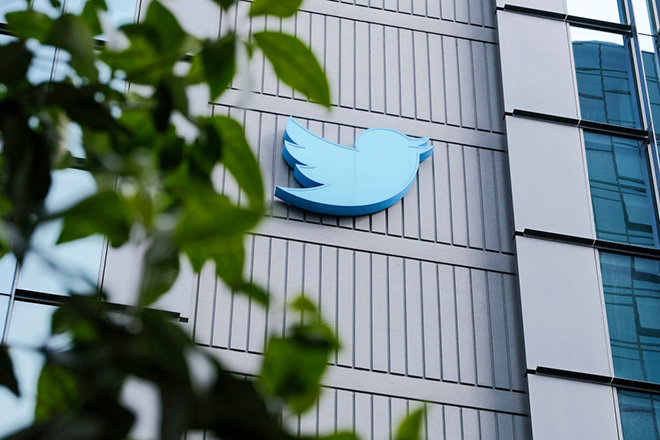S&P Global Offerings
Featured Topics
Featured Products
Events
S&P Global Offerings
Featured Topics
Featured Products
Events
S&P Global Offerings
Featured Topics
Featured Products
Events
Banking & Capital Markets
Economy & Finance
Energy Transition & Sustainability
Technology & Innovation
Podcasts & Newsletters
Banking & Capital Markets
Economy & Finance
Energy Transition & Sustainability
Technology & Innovation
Podcasts & Newsletters
S&P Global Offerings
Featured Topics
Featured Products
Events
18 Nov, 2022
By Stefan Modrich and David DiMolfetta

|
Abrupt platform changes and staffing departures are endangering Twitter owner Elon Musk's plans for the platform's revenue growth. |
With employees and advertisers fleeing Twitter Inc., Elon Musk's plans to grow subscription revenue are both more important and more implausible than ever.
While diversifying Twitter's revenue stream to make the microblogging platform less reliant on advertising is a laudable goal, analysts and industry experts say it will be difficult to grow subscription revenue in the manner outlined by Musk. They also note that major advertisers are already shifting budgets away from the platform.
"[Musk] could promise the world," said Luke Lintz, founder and CEO of HighKey Enterprises, a social media and digital marketing consulting firm. "But there's no concrete data to back that up."
Feeling blue
Few other social media platforms have a subscription offering, and those that do derive minimal revenue from them, Lintz noted. Microsoft Corp.'s LinkedIn Corp. has a multi-tiered subscription plan starting at $39.99 per month, and Snap Inc.'s Snapchat+ subscription is $3.99 per month.
Musk's first effort to raise subscription revenue — the Twitter Blue Verified subscription feature, which charges users $7.99 per month for a blue "verified" checkmark — was paused after a slew of fake tweets from "verified" accounts impacted companies across sectors. Shares in pharmaceutical giant Eli Lilly and Co., for instance, fell after a fake account with a blue verified checkmark tweeted that insulin sold by the company was now free.
"[Musk] may have acted a little bit too fast," said Daniel Newman, founding partner and principal analyst of Futurum Research. "I think he was of the impression that he could make really quick changes that would right the ship."
It is also a security risk to have verified users who are not properly scrutinized, said Michael Daniel, president and CEO of Cyber Threat Alliance, a nonprofit advocating for enhanced security of global digital platforms.
Compounding the problem: Twitter has far fewer resources devoted to monitoring the flood of new blue-check accounts and the content produced across the platform after thousands of employees were laid off or resigned over the past week. The latest wave of resignations came Nov. 17 after Musk imposed a deadline for employees to work "long hours at high intensity" or take a severance to leave.
If security and content moderation lapse in a noticeable way for users, retention could quickly become a major issue.
"If a number of people decide that it's no longer safe or effective to be on it, and you start seeing a mass exodus to the door, then that effect compounds on itself, just like a bank run undermining confidence in a bank," Daniel said.
Twitter did not respond to a request for comment. Most of the company's communications team was laid off following Musk's takeover.
Advertising axiom
Major advertisers who have dropped their ads from Twitter following Musk's acquisition of the company include General Motors Co., United Airlines Holdings Inc., Pfizer Inc. and Kering SA subsidiary Balenciaga. Musk tweeted Nov. 4 that the advertiser exodus caused a "massive drop in revenue" for Twitter and said the departing marketers were "trying to destroy free speech."
Persistent macroeconomic headwinds mean advertising will continue to be a challenge not just for Twitter, but for social media platforms across the board, said Seth Shafer, an analyst at Kagan, a media research group within S&P Global Market Intelligence. Advertisers are not cutting off spending entirely, but they are more likely to prioritize placing spots with video platforms from companies like Netflix Inc. and Walt Disney Co. than social media companies, the analyst said.
"I don't see a path where ad revenues at Twitter are going to grow," Shafer said.
Those losses will not necessarily benefit Snap or Meta Platforms Inc., though advertisers are likely to allocate some of their ad money budgeted for Twitter to other platforms, the analyst added.
"Twitter is not a big enough platform and a lot of these advertisers are spreading their dollars across a lot of different mediums," Shafer said.
